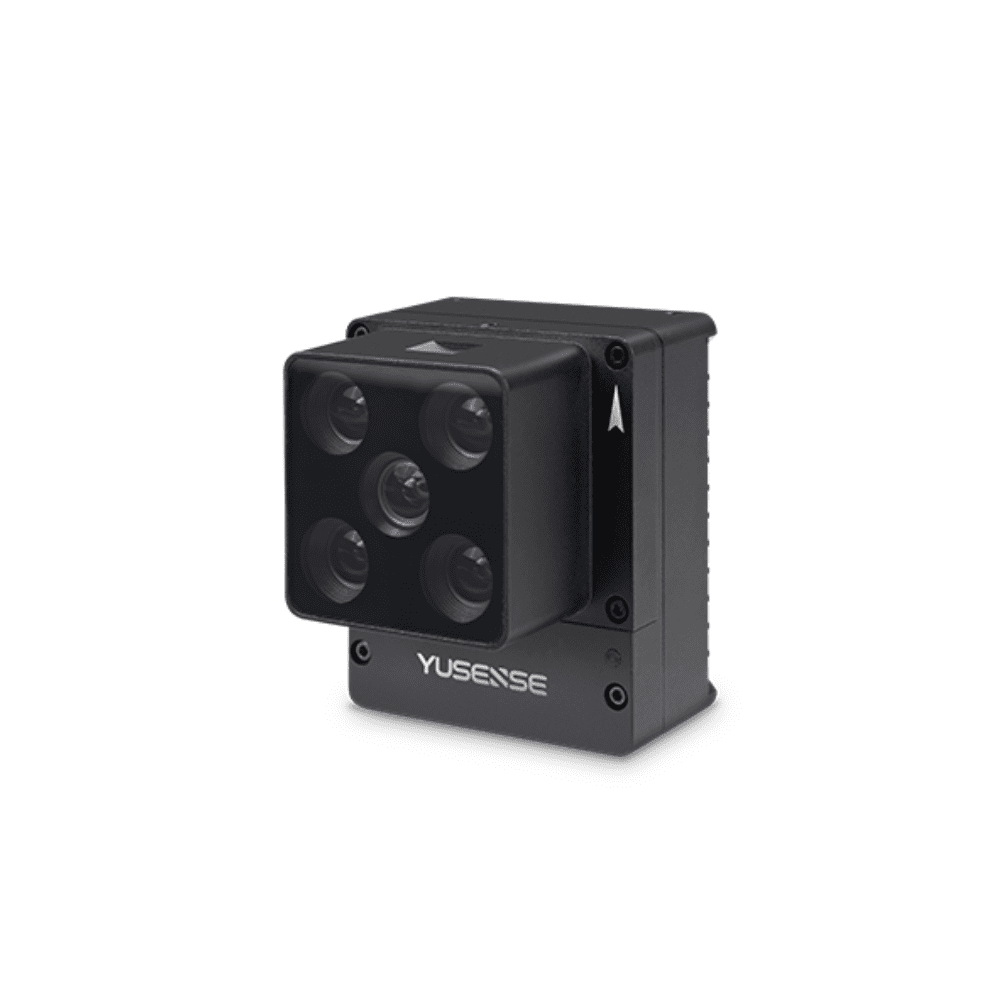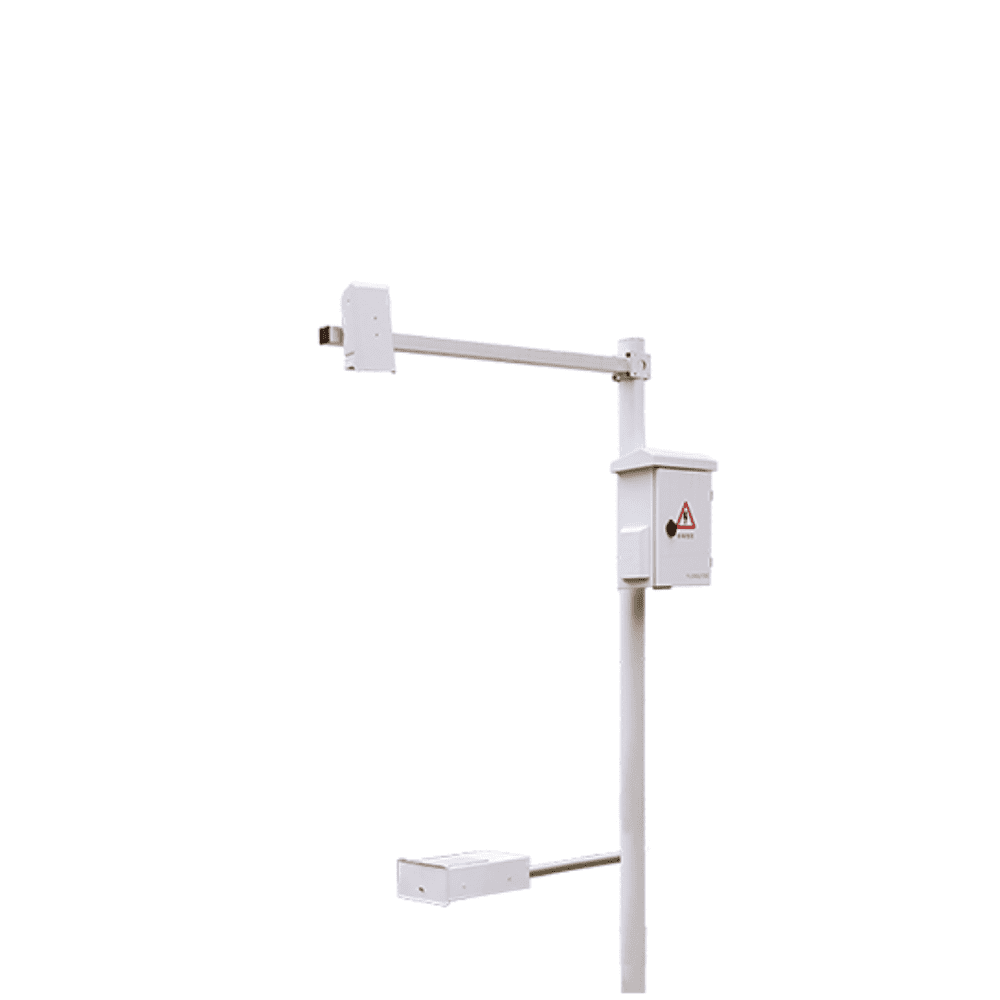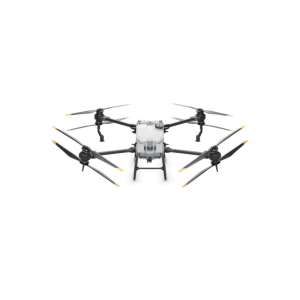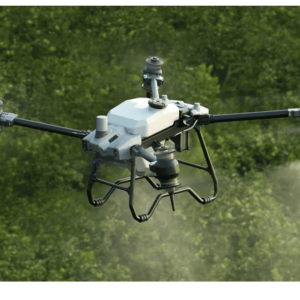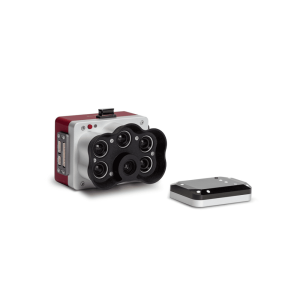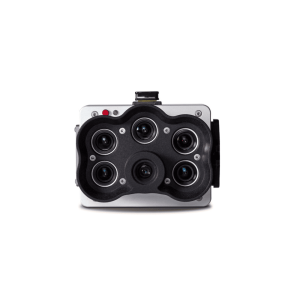No products in the cart.
Back

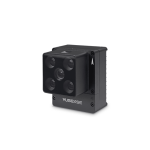
Yusense 4-BAND GROUND-BASED MULTI-SPECTRAL MS400G (RGB & 4-channel spectrum, the imaging module can be changed flexibly)
Out of stock
Yusense 4-BAND GROUND-BASED MULTI-SPECTRAL MS400G (RGB & 4-channel spectrum, the imaging module can be changed flexibly)
Product features
- 4 Multispectral & 1 RGB
- 1.3 million & 8 million pixels
- 12bit global & 8bit rolling shutter
- Gigabit Ethernet port/TTL serial port
- Standard downlink light sensor (DLS)
- 170g aluminum alloy lightweight body
- 7W@12V power supply, 64G TF card
- Convenient setting of WEB interface parameters under WIFI connection
- External, timing, cascading multiple trigger modes
- Compatible with ground tripods, phenotype platforms or towers
Contact us for more information
- Description
Four 1.3M pixel multispectral channels, one 8.0M pixel RGB, optical grade glass window, large aperture, low distortion, broadband transmission, all glass lens, high cost performance, meet the application needs of agricultural remote sensing fields such as foundations and tower foundations.
G0 & G1 Focusing distance: 3mG2 focus distance: consultation and customization
Technical Parameters
Indicator name | MS400G index parameters |
| Configuration method | 4 multispectral channels + 1 RGB channel |
| Target size | Multispectral & RGB: 1/4″ |
| Effective Pixels | Multispectral: 1.3Mpx; RGB: 8.0Mpx |
| shutter type | Multispectral: Global; RGB: Rolling |
| quantization bits | Multispectral: 12bit; RGB: 8bit |
| field of view | Multispectral: 36.7°×31.3°; RGB: 37.5°×28.6° |
| ground resolution | – |
| coverage width | Multispectral: 2.0m*1.7m@3m; RGB: 2.0m*1.5m@3m (G0&G1) |
| Spectrum channel[1] | 555nm@27nm, 660nm@22nm, 720nm@10nm, 840nm@30nm, RGB |
| optical window | Optical Grade Glass Windows |
| Host size | ≤55mm×65mm×50mm |
| Host weight | 170±5g |
| installation interface | 7×M3 |
| powered by | Typical 12V DC |
| power consumption | 7W@12V (including DLS module) |
| Image Format | Multispectral: 16bit original TIFF & 8bit reflectance JPEG; RGB: 8bit JPEG |
| video format | — |
| storage medium | Standard configuration and maximum support 64G capacity (transmission speed U3 and above rating) micro SD card |
| processing software | Yusense Map/Yusense Map Plus |
| parameter settings | WIFI (WEB interface access, G0, G1 only), Ethernet/UART, Yusense Net |
| shooting trigger | External trigger, timing trigger, cascade trigger |
| shooting frequency | 1Hz (the return time is related to the network environment) |
| Working temperature | -10°C~+50°C (relative wind speed ≥1m/s) |
| storage ambient temperature | -30℃~+70℃ |
| environment humidity | RH(%)≤85%(non-condensing) |
| certified product | CE, FCC, RoHS |
Remarks: [1] The wavelength is standard, and the following 18 wavelengths are allowed to be customized (please consult Yuchen marketing personnel for details on the combination method and cost): 410nm@35nm, 450nm@30nm, 490nm@25nm, 530nm@27nm, 555nm@27nm , 570nm@32nm, 610nm@30nm, 650nm@27nm, 660nm@22nm, 680nm@25nm, 720nm@10nm, 720nm@15nm (Qualcomm), 750nm@10nm, 780nm@13nm, 800nm@35nm, 840nm@30nm, 900nm@ 35nm, 940nm@35nm (tolerance ±5nm).
typical application
Plant Phenotype Research
Close observation of plant growth status and simultaneous multi-spectral/visible light imaging, comprehensive acquisition of plant shape, texture, spectrum and other physiological characteristics, providing a data basis for plant phenotype research.
Vegetation Coverage Monitoring
Based on the spectral differences between crops and weeds, soil and other environments, the precise identification and plant segmentation of crop seedlings can be completed, the area of crop plants in a unit area can be quantitatively evaluated, and the regional emergence rate can be calculated to provide data support for scientific research and breeding, farming seedling supplementation, etc.
Plant Health Assessment
Based on different vegetation coverage scenarios, the corresponding and applicable vegetation remote sensing index is selected, and the growth and coverage status is analyzed, and the plant health is evaluated by the growth uniformity traits.


